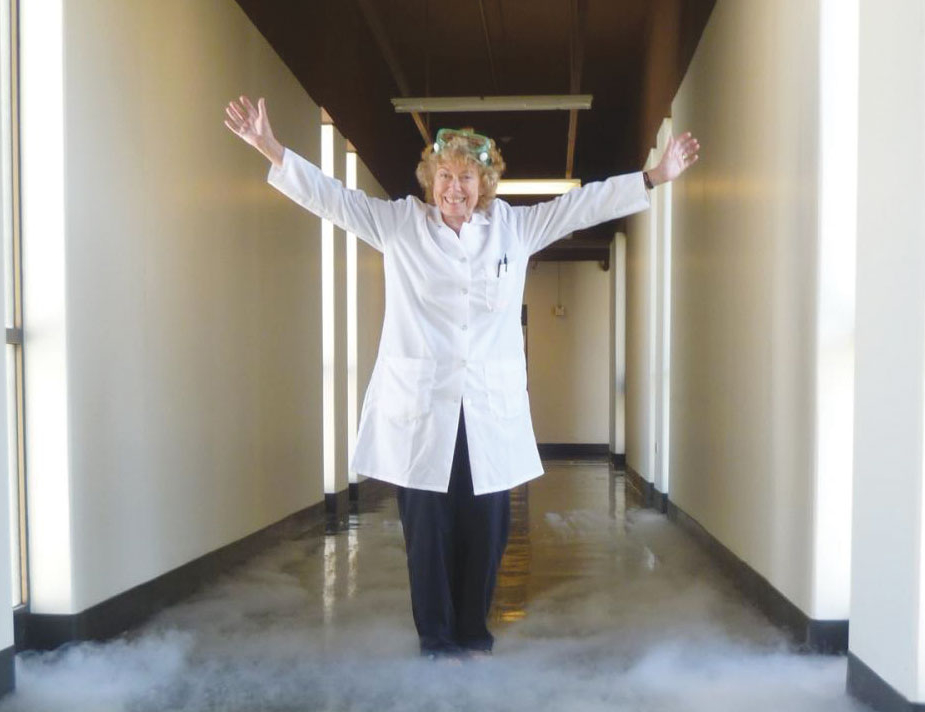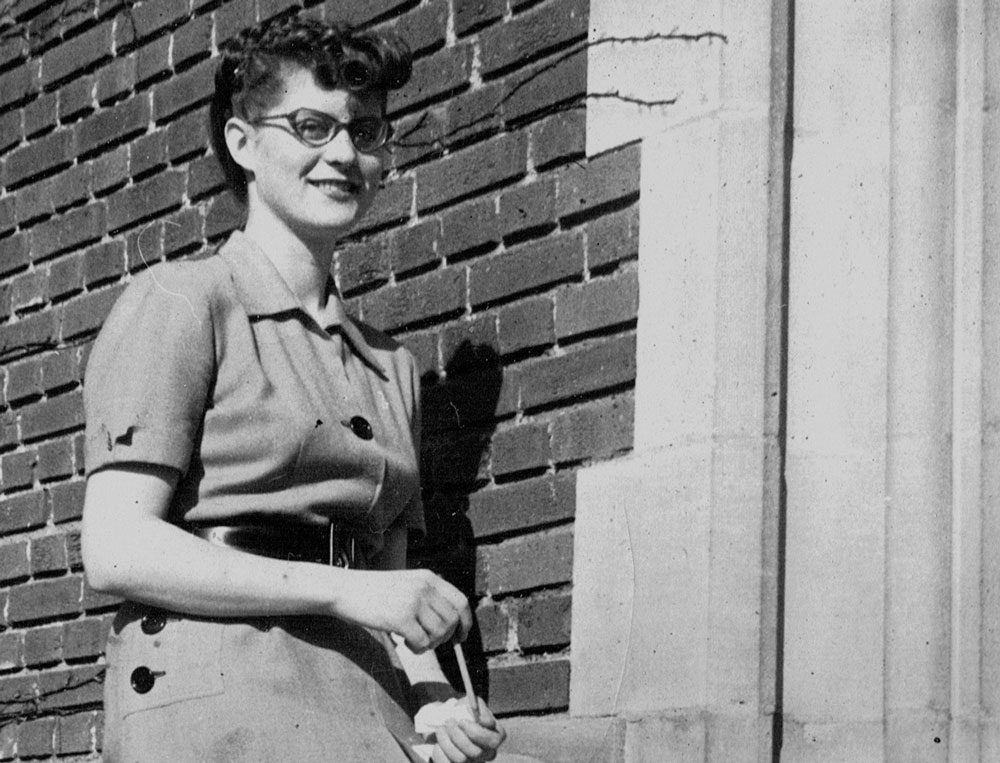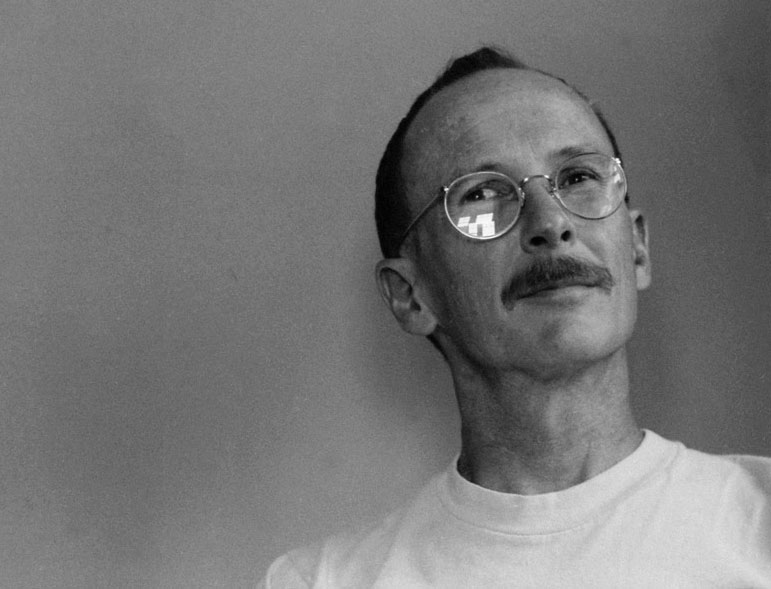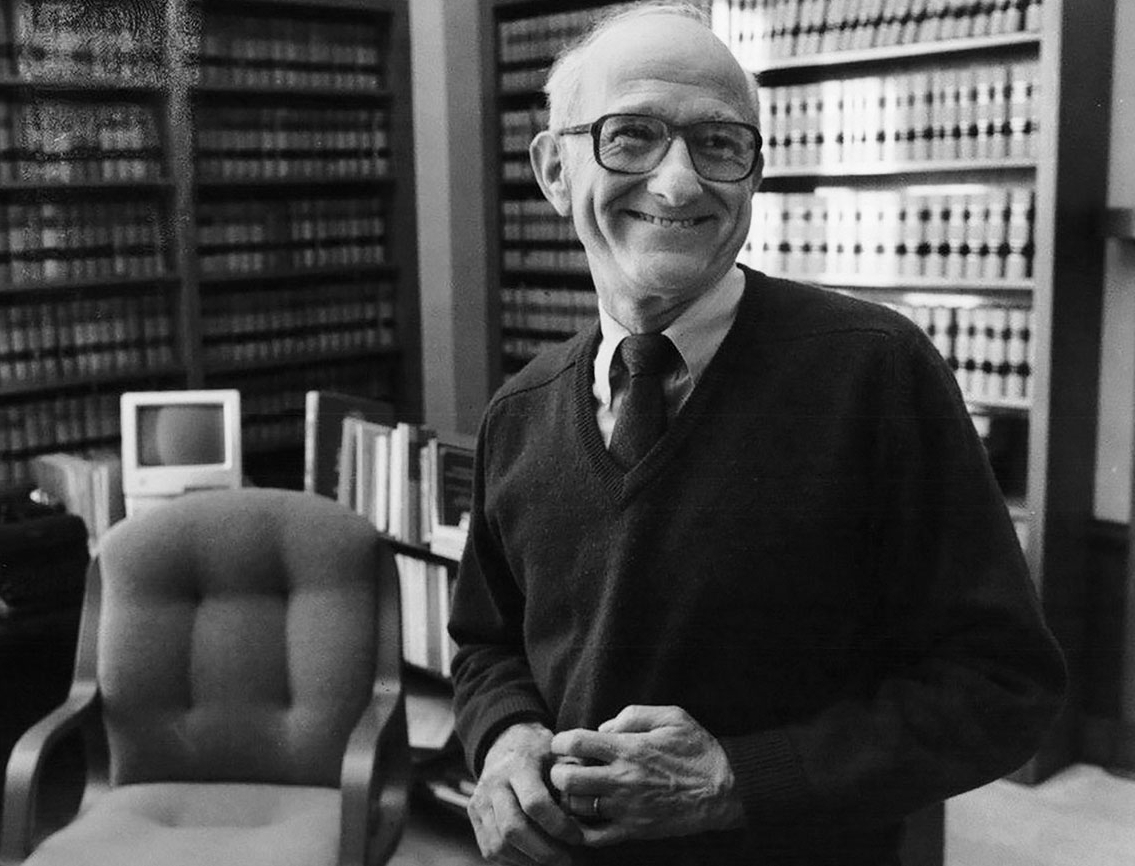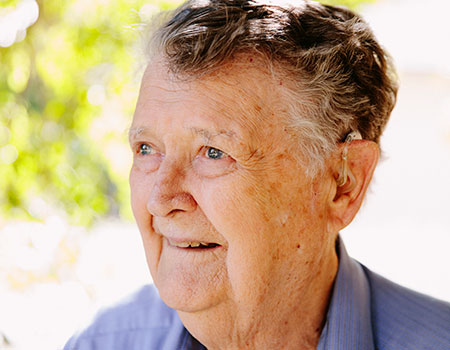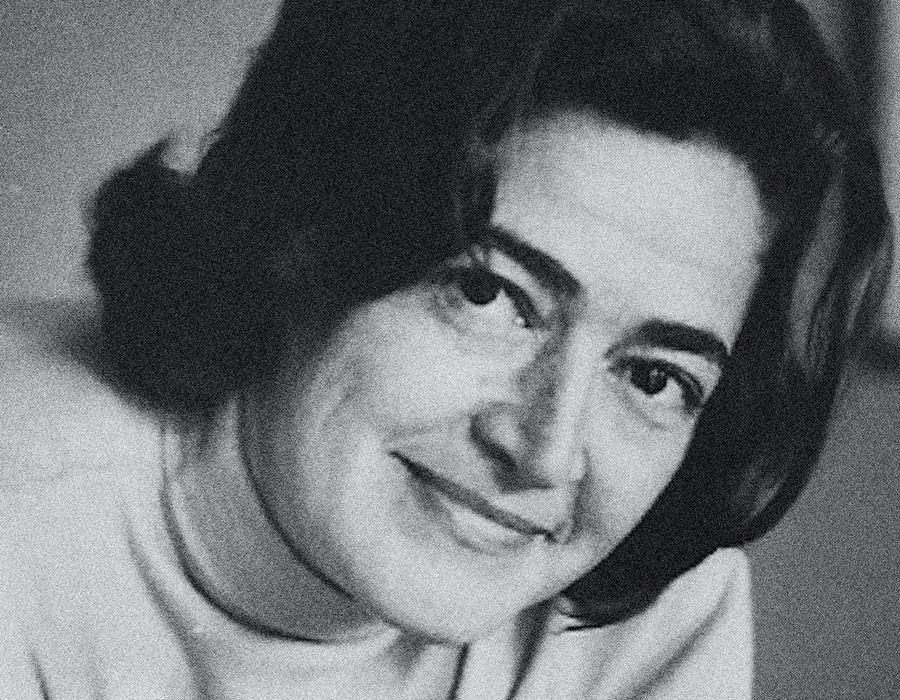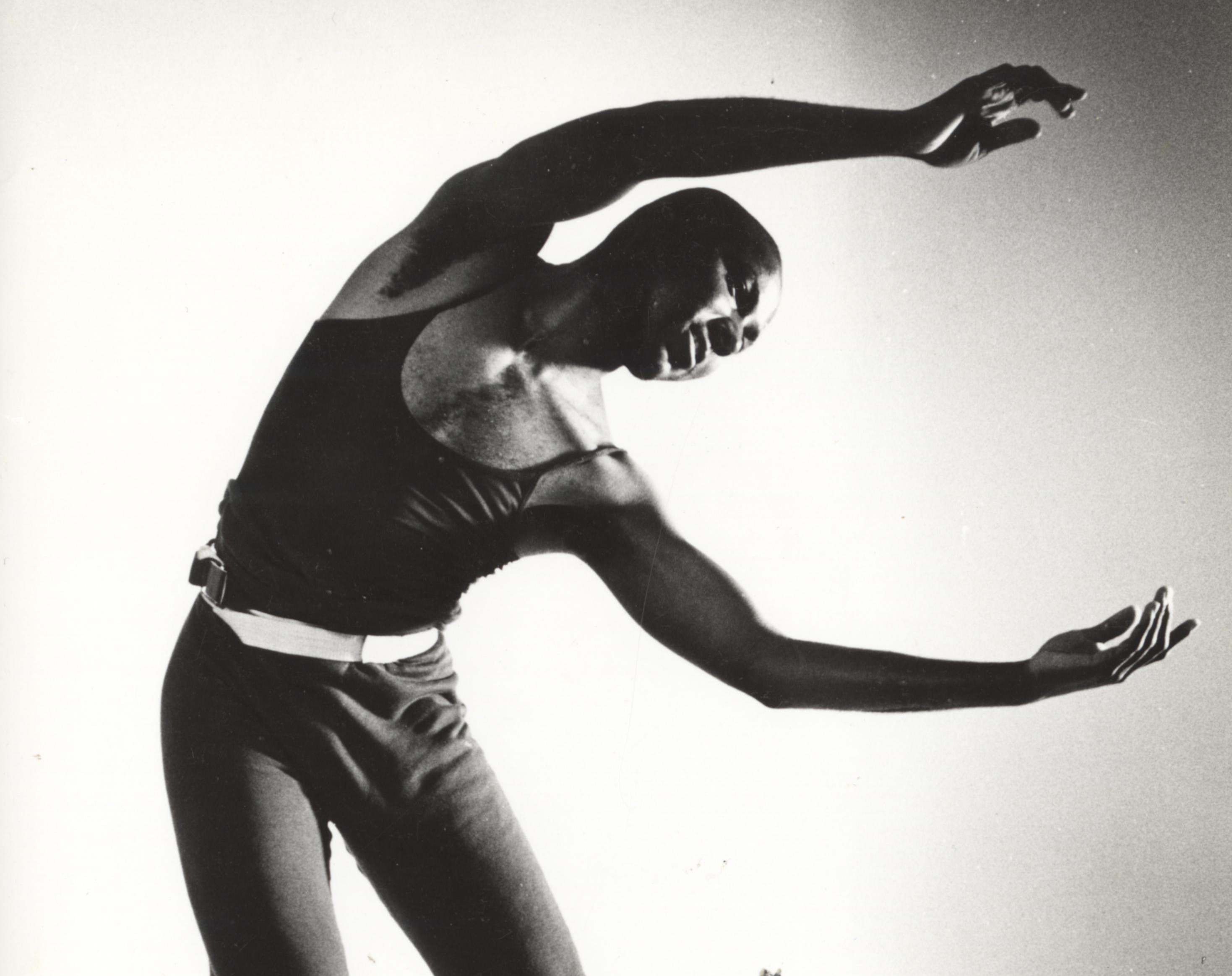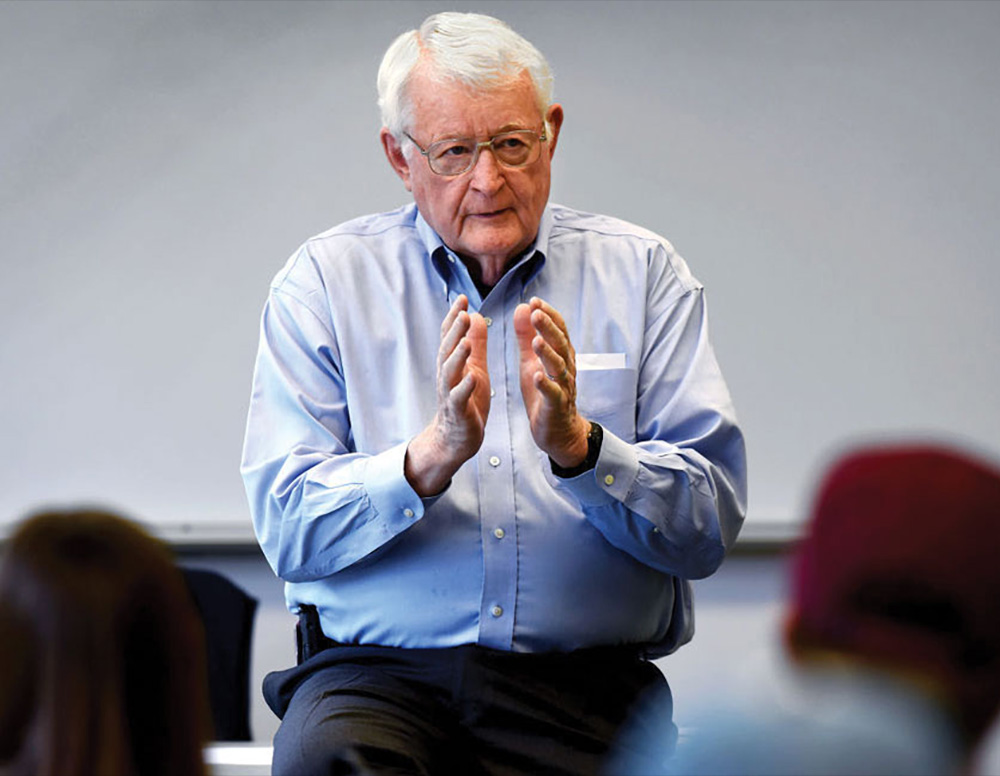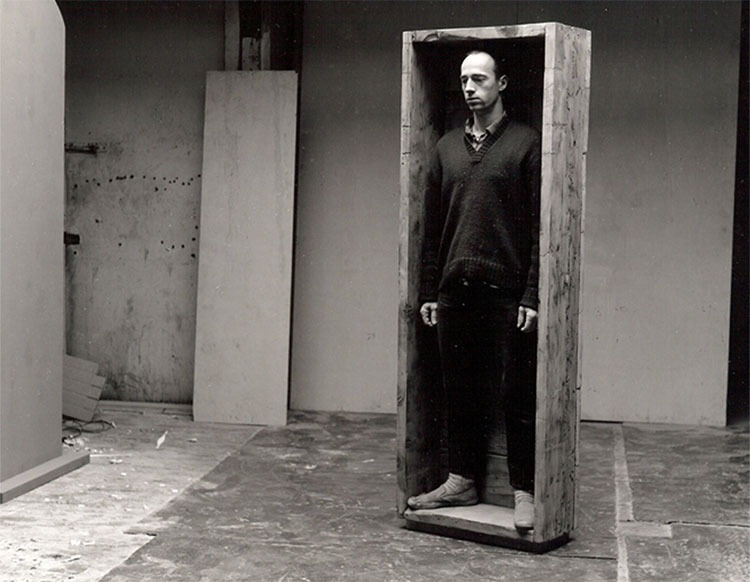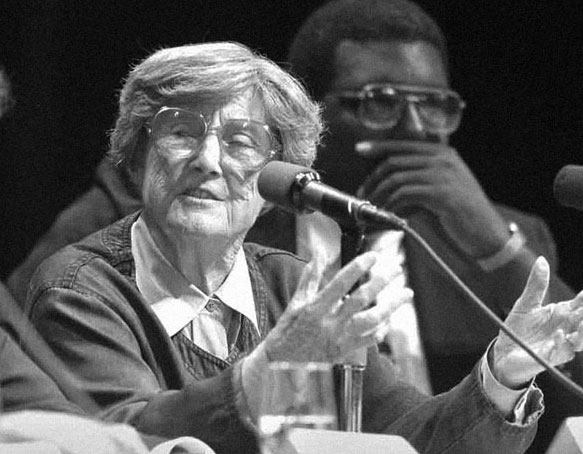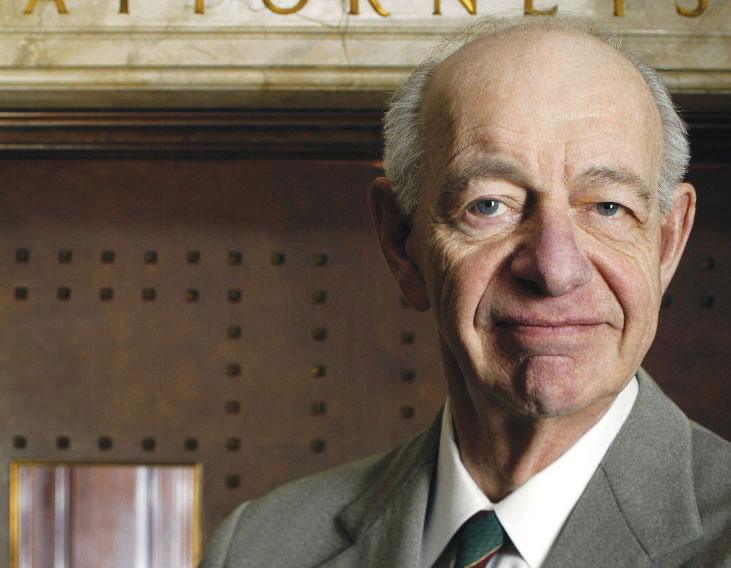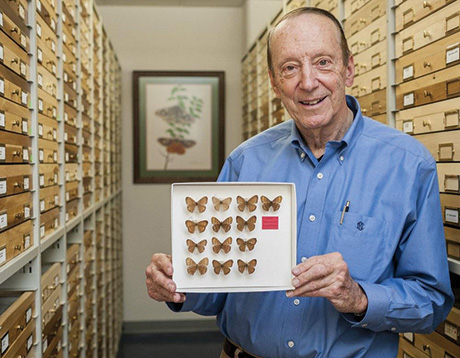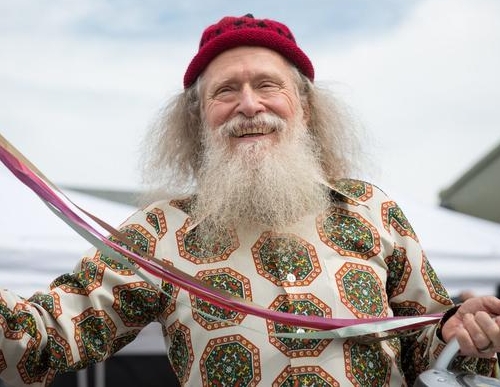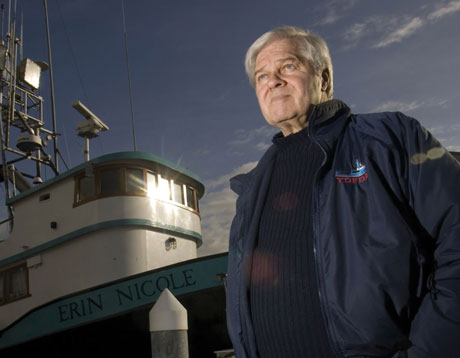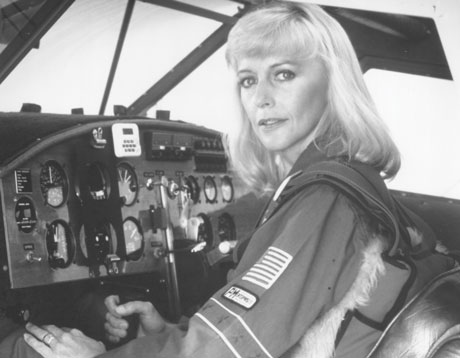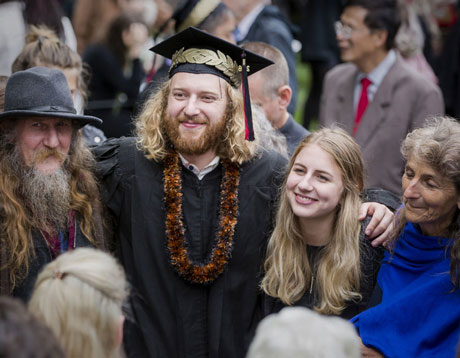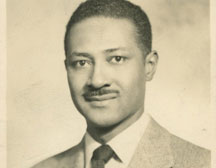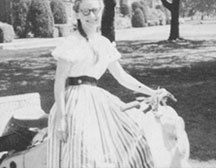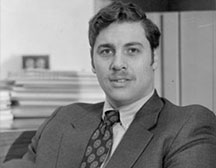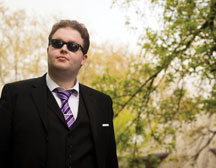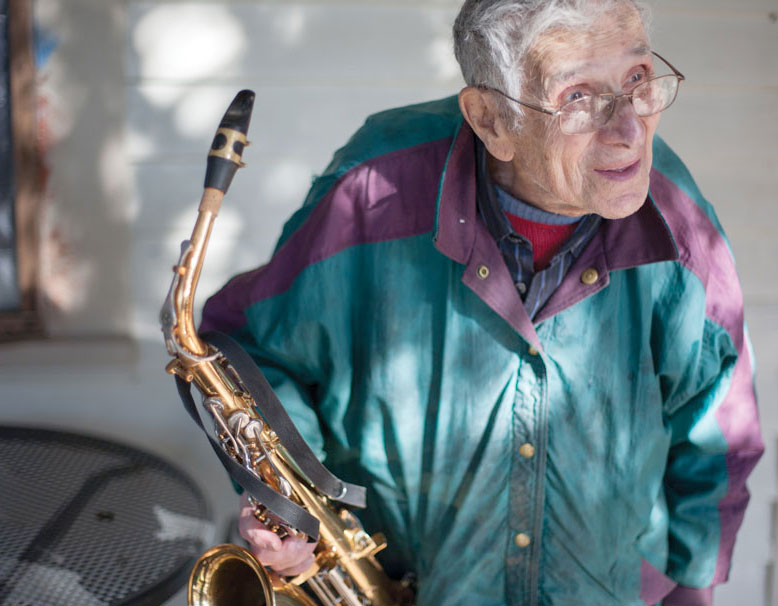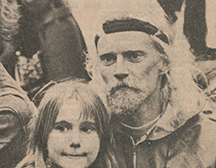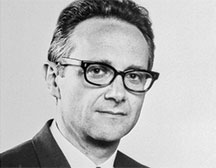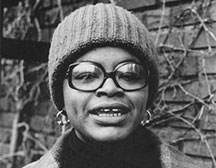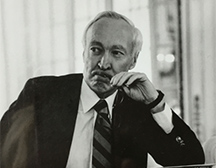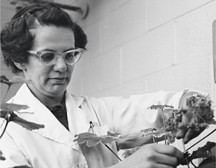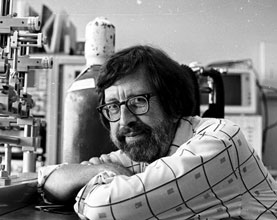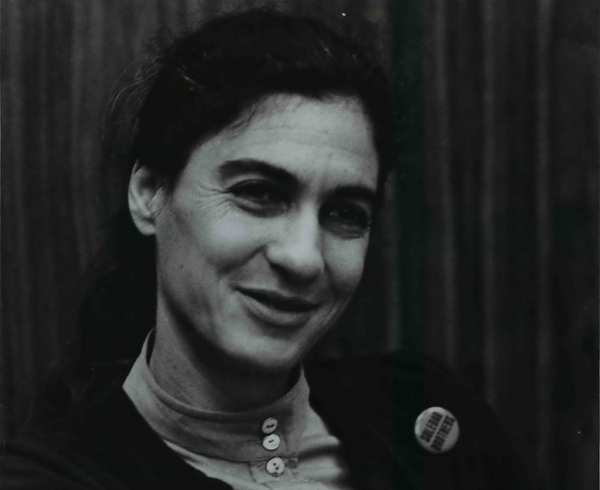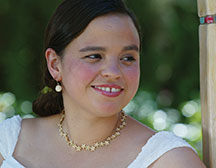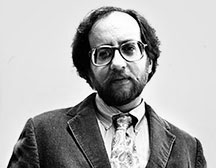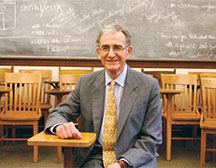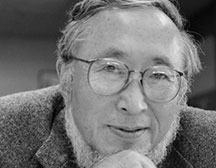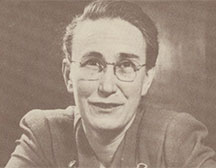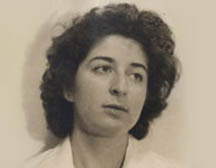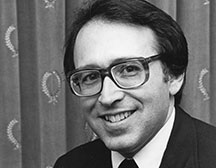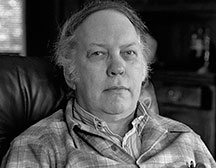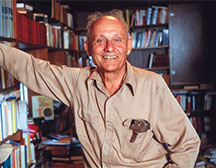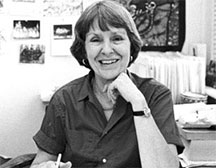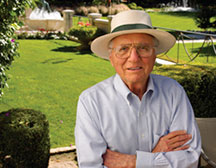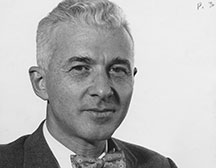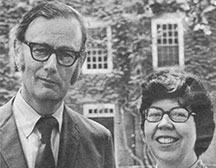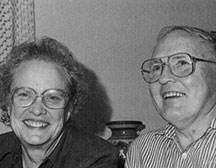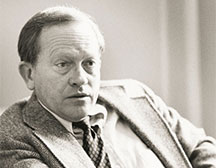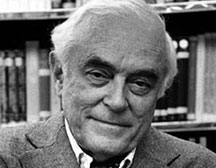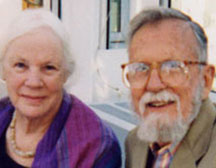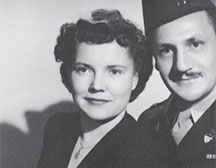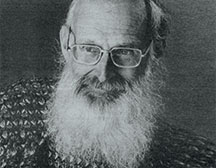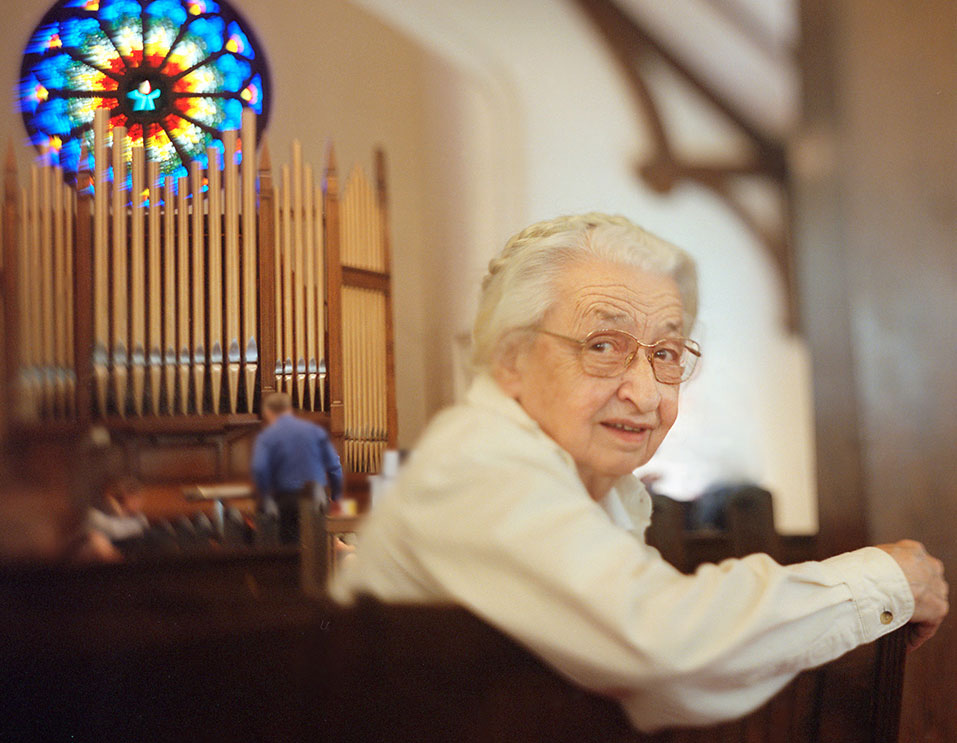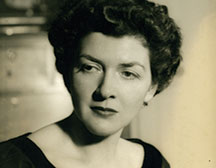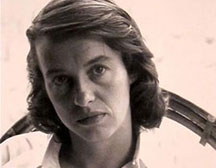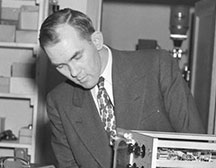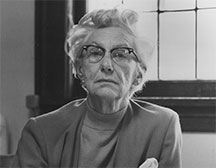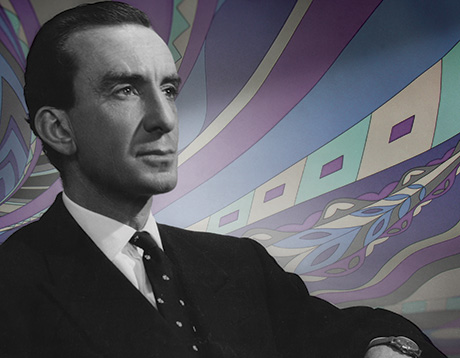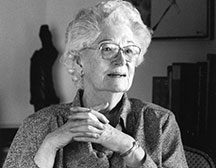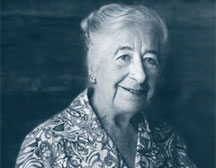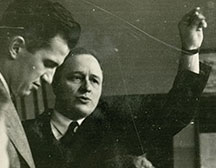From wartime welder to molecular biologist.
Hildegard Lamfrom ’43
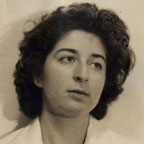
One of the 20th century's most influential and accomplished women in the emerging field of molecular biology, Hildegard Lamfrom ’43, died on August 28, 1984, in La Jolla, California, from a brain tumor.
She was born into a Jewish family in Augsburg, Germany, and fled with her parents and sisters, Eva Lamfrom Labby ’51 and Gertrude (Gert) Lamfrom Boyle, to Portland in 1938. Her father had owned the largest shirt factory in Germany, and in Portland purchased a hat company, which would later evolve into Columbia Sportswear, operated by Gert and her son, Reed trustee Tim Boyle.
Hildegard earned a BA from Reed in biology, financing her education by working as a welder in wartime shipyards. Her thesis, “A Study in Avian Malaria with Special Reference to the Effect of Phenylhydrazine hydrochloride on Ducks Infected with Plasmodium lophurae and Treated with Atabrine,” was written with Prof. Ralph Macy [biology 1942–55].
She completed an MA at Oregon State University, and was accepted to medical school at Western Reserve (Case Western Reserve University), but chose instead a career in research. Working with pathologist Harry Goldblatt, she did research on the renin system, and earned a PhD in 1949, continuing her work with Goldblatt for five additional years at the Cedars of Lebanon Hospital in Los Angeles. She then went to Denmark on an American Heart Association fellowship and in 1958 was at Caltech, doing research in molecular biology with Henry Borsook. Hildegard was among the first to provide evidence of a messenger RNA, as well as evidence for the existence of polyribosomes.
In 1962–65, she did research on protein synthesis with Francis Crick, the biologist who codiscovered the structure of the DNA molecule with James Watson, and with Sydney Brenner at the MRC Laboratory in Cambridge, England, and went on to the Intitut de Biologie Physico-Chimique in Paris for two additional years. Beginning in 1967, she collaborated with colleague and friend Anand Sarabhai at the Institute of Molecular Biology in Eugene, Oregon, and in the chemistry department at UCSD; John Abelson, whose published obituary for Hildegard provided many of the details for this memorial, joined the research team. Hildegard also lived in India for 18 years, and worked with Anand to establish Biocenter, a laboratory in Ahmedabad, India. Her final research was with Tom Benjamin, studying the role of middle T-antigen in the induction of tumors, at Harvard Medical School.
During her career she collaborated with Nobel laureates such as Linus Pauling and Richard Feynman, to whom she introduced the genetics of the pea, and she broke new ground of her own in the field of protein synthesis.
“Gifted and tenacious,” Hildegard was dedicated to completing a task and to be a mentor to younger scientists and students, including Brian Druker, who heads the Knight Cancer Institute at Oregon Health & Science University (OHSU). Given the barriers faced by women scientists in the ’60s and ’70s, Druker says, Hildegarde had an extraordinary career. "She was an extremely skilled scientist."
Tim and his wife, Mary, established the Dr. Hildegard Lamfrom Memorial Scholarship at Reed, awarded with preference to students from India, and with first preference given to female students from the Ahmedabad area. “My aunt said, ‘There are very few times in life when you have no responsibilities, and they ought to be utilized for expanding your exposure to different ways to think,’” Tim said. “Any time we can help more students have that experience or make the experience richer, I think it’s good for both the students and the institution.”
In addition, Tim, Mary, and Gert created the Hildegard Lamfrom Endowed Chair in Basic Science at the OHSU Knight Cancer Institute and provided, more recently, financial support for the Hildegard Lamfrom Biomedical Research Building, where researchers will be probing the genetic and molecular causes of childhood diseases, uncovering the viral and environmental causes of asthma, researching inflammatory eye diseases, developing treatments for neurodegenerative diseases such as multiple sclerosis, and exploring cancer-cell signaling, and cell and gene therapies, as well as stem cell production.
Appeared in Reed magazine: online only
comments powered by DisqusFrom the Archives: The Lives they Led

Jeanne Knepper ’69
The First Openly Gay Woman to Be Ordained and Appointed Within the Oregon-Idaho Conference of the United Methodist Church
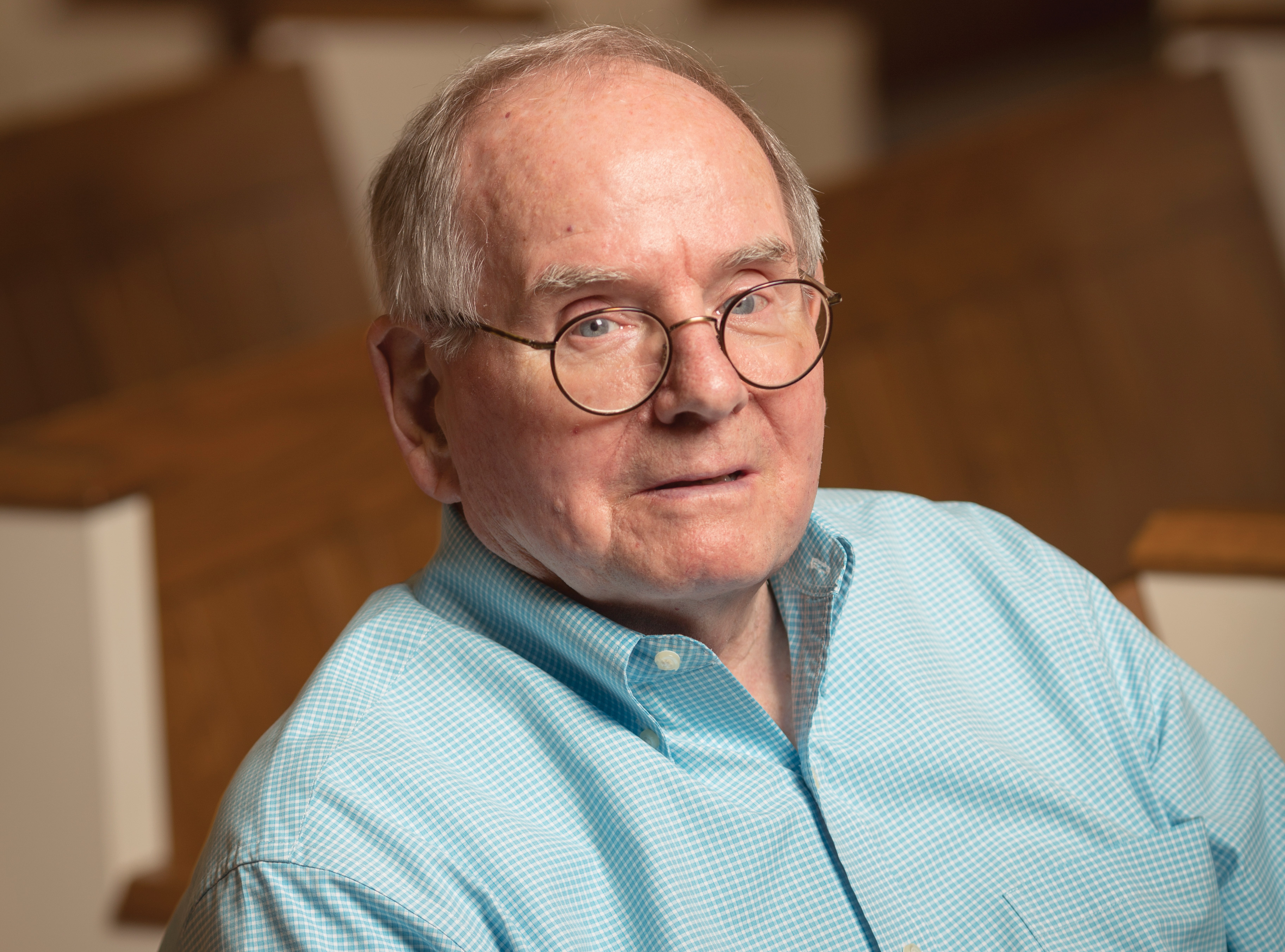
William Haden
As Acting President of Reed, He Strengthened the College's Finances and Alumni Relations
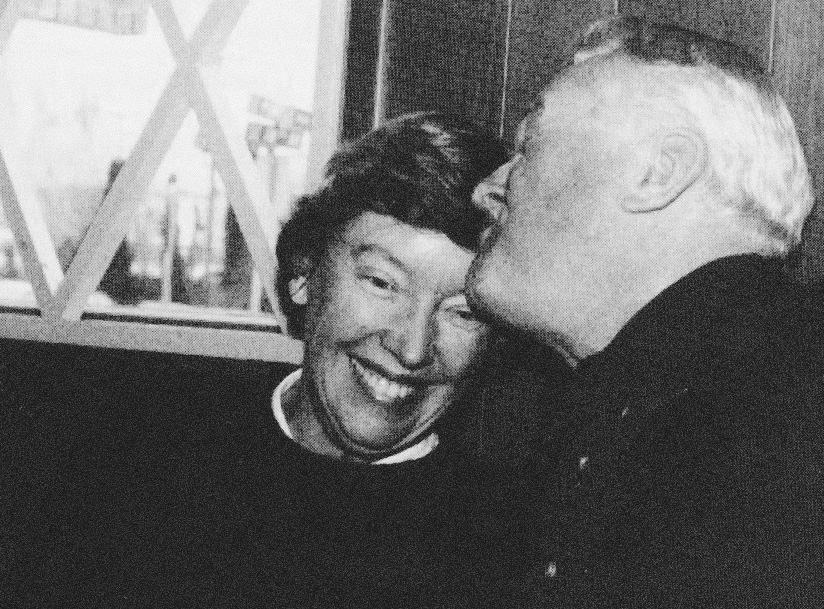
Nancy Horton Bragdon
Reed’s First Lady Whose Warmth and Leadership Were Invaluable During a Turbulent Time

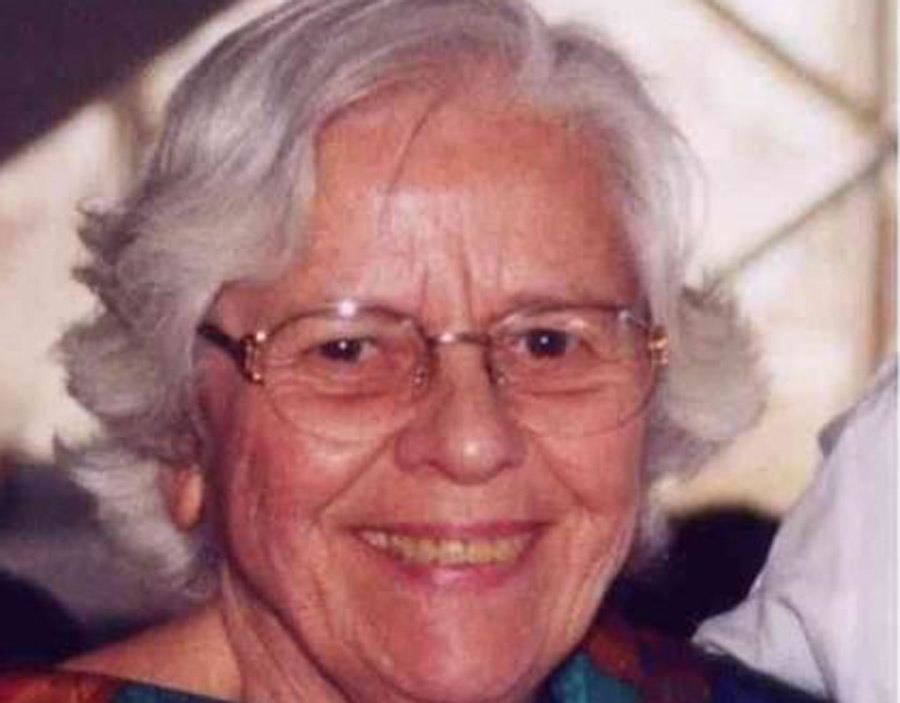
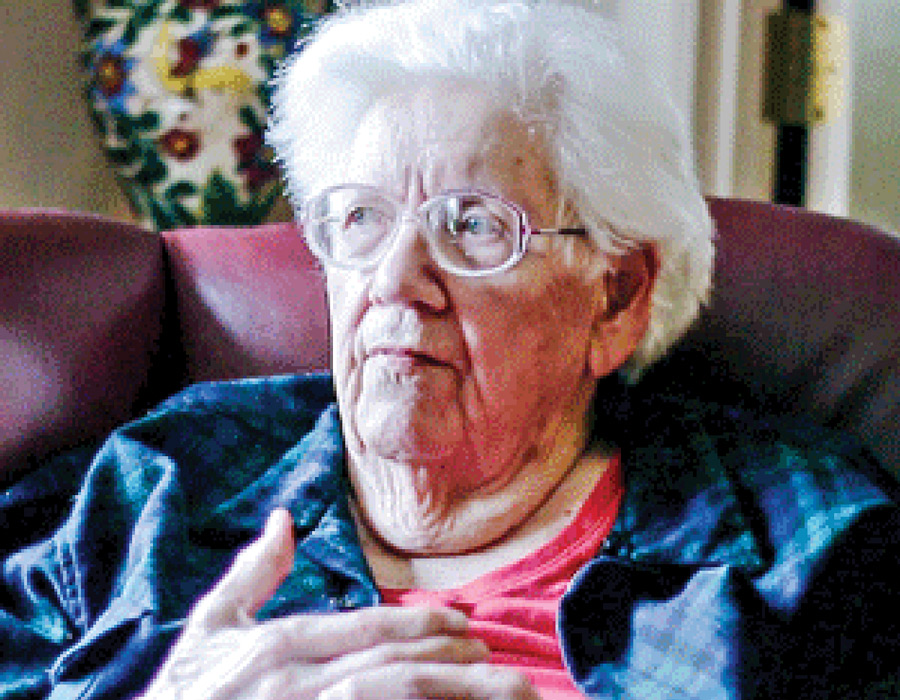
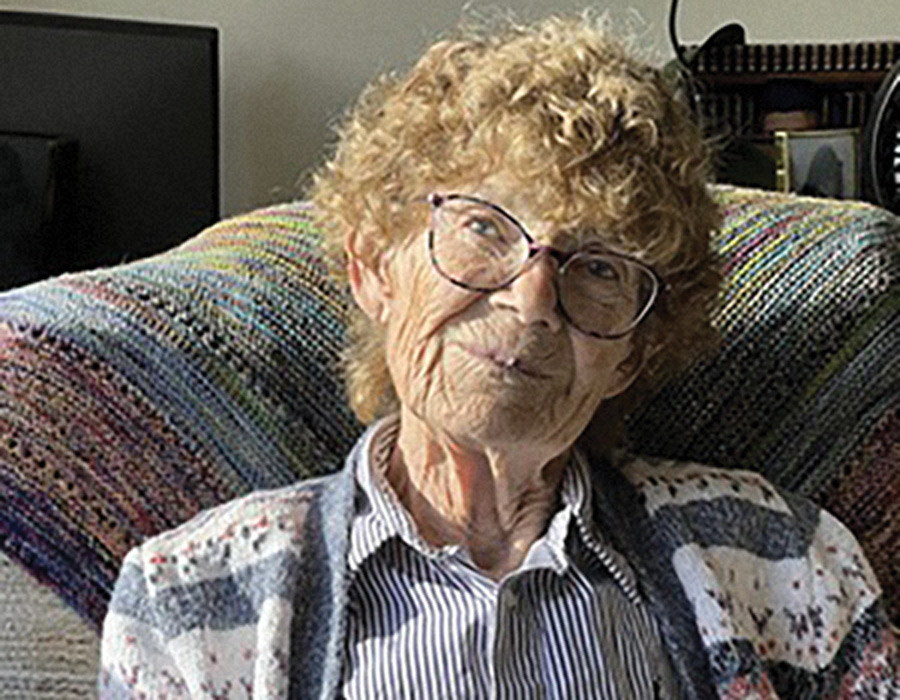
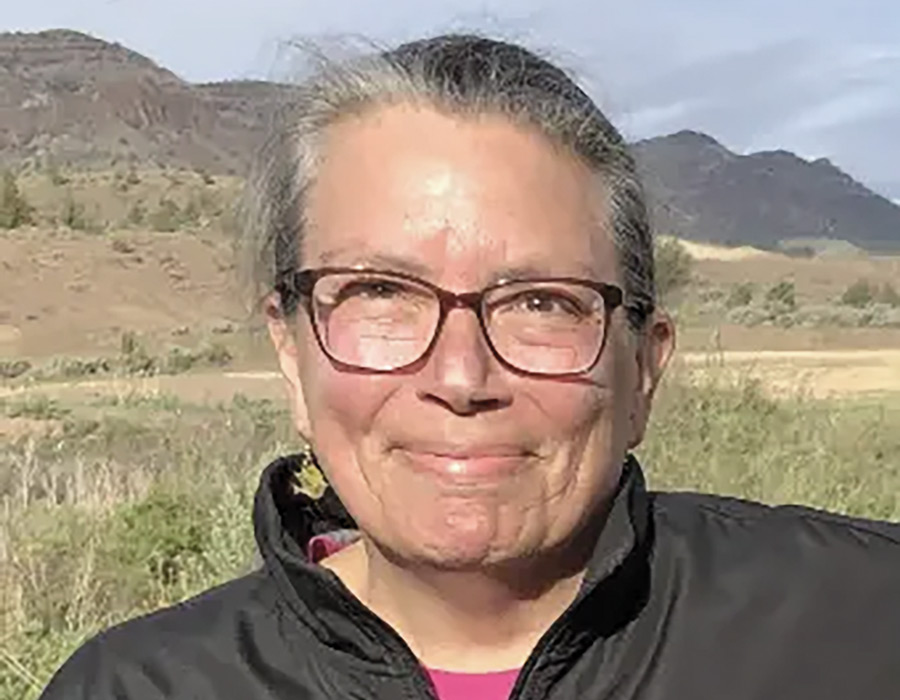
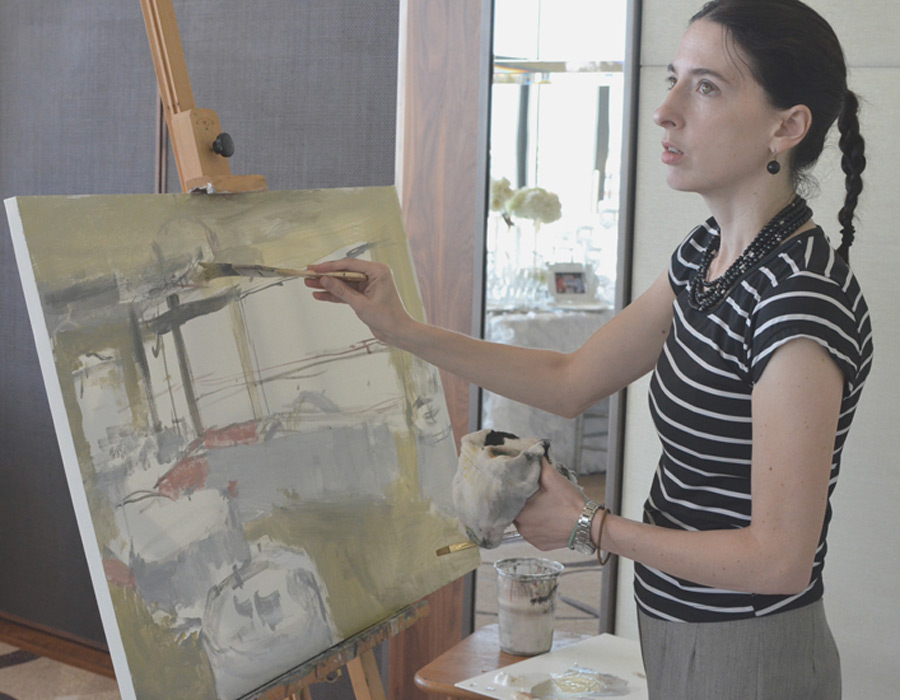
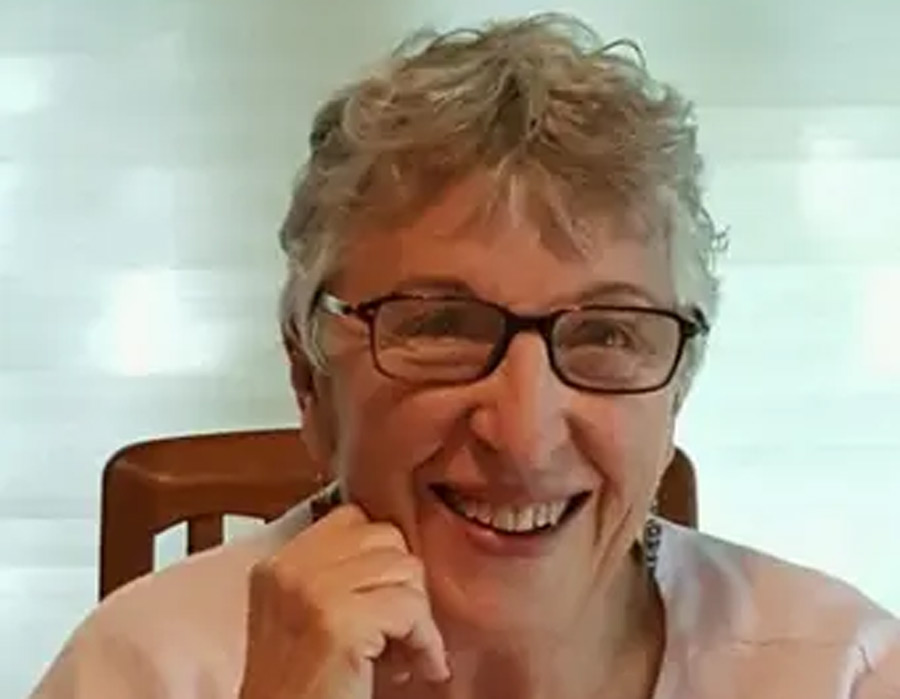
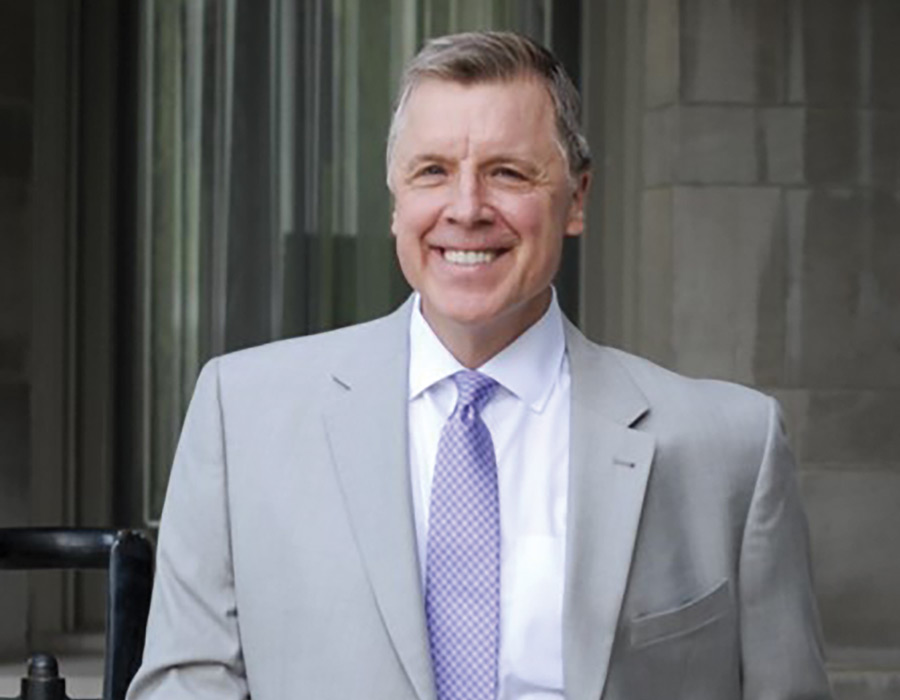
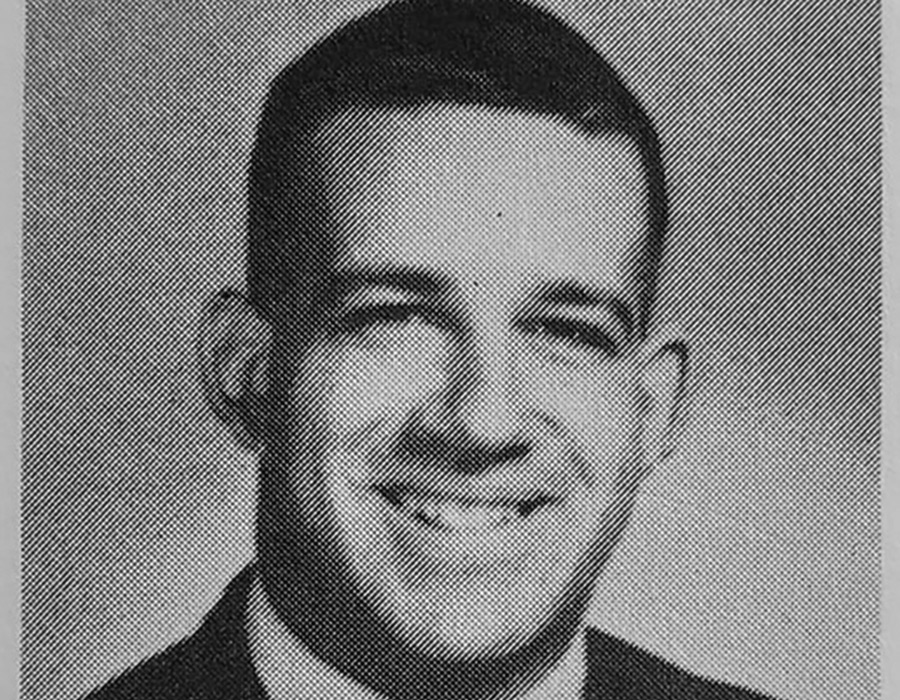
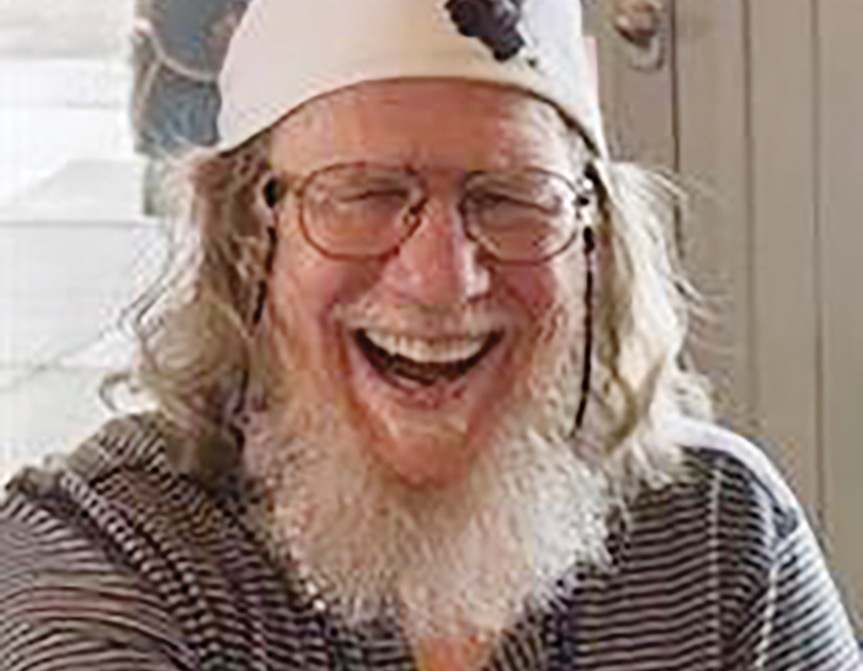
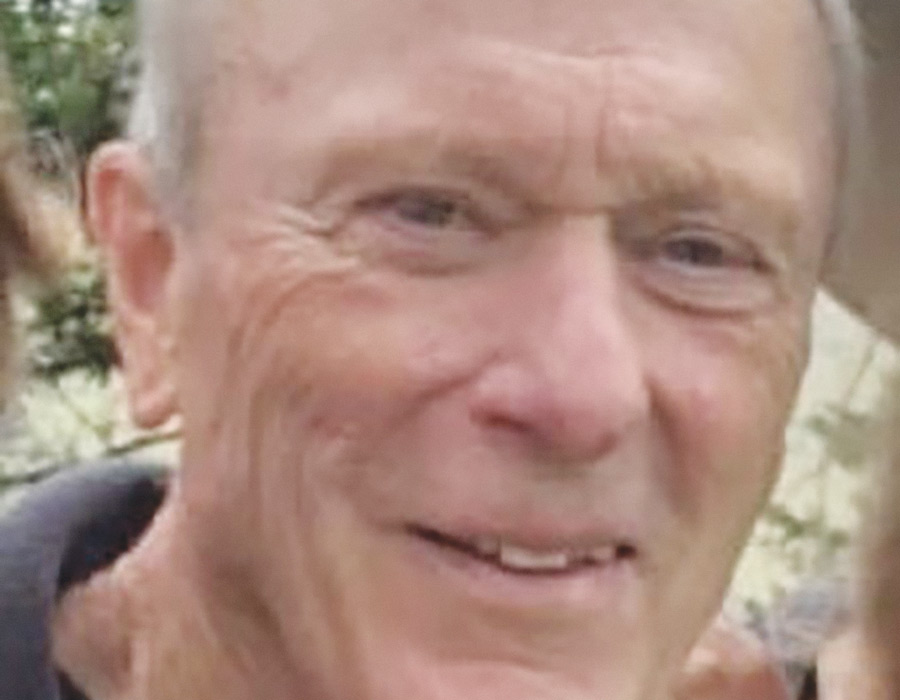
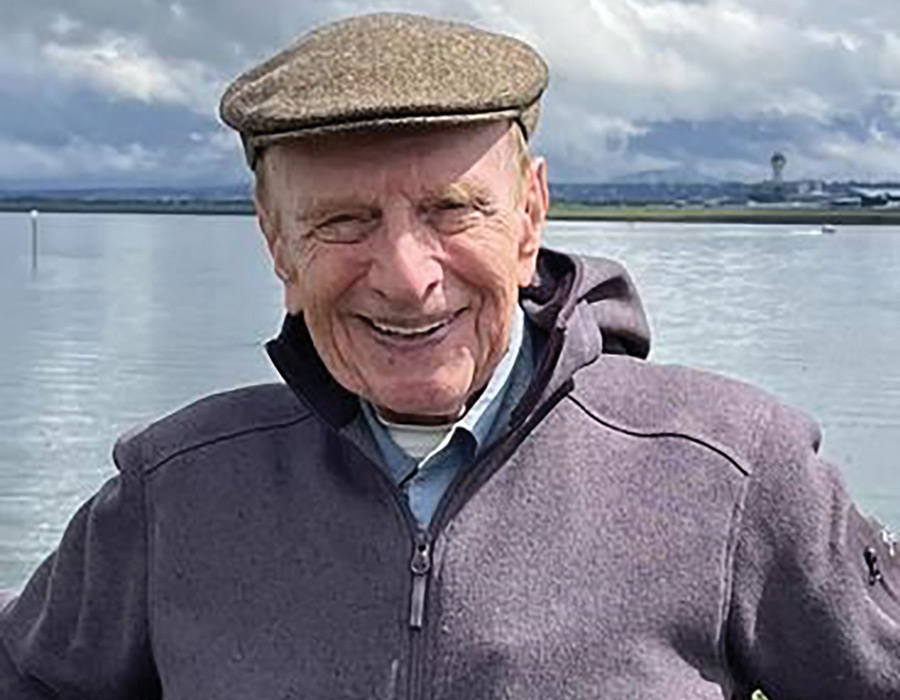
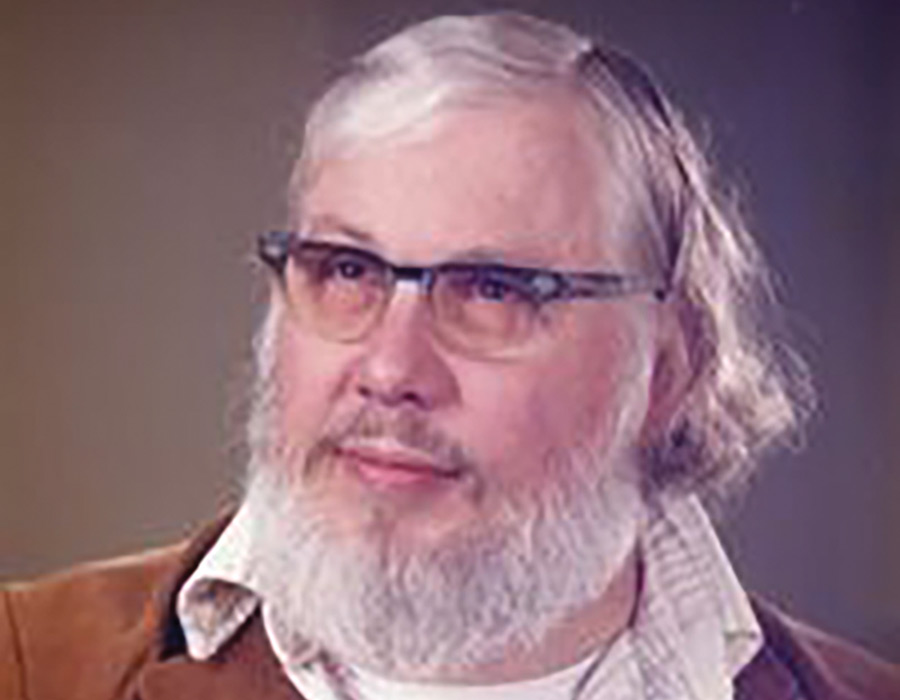
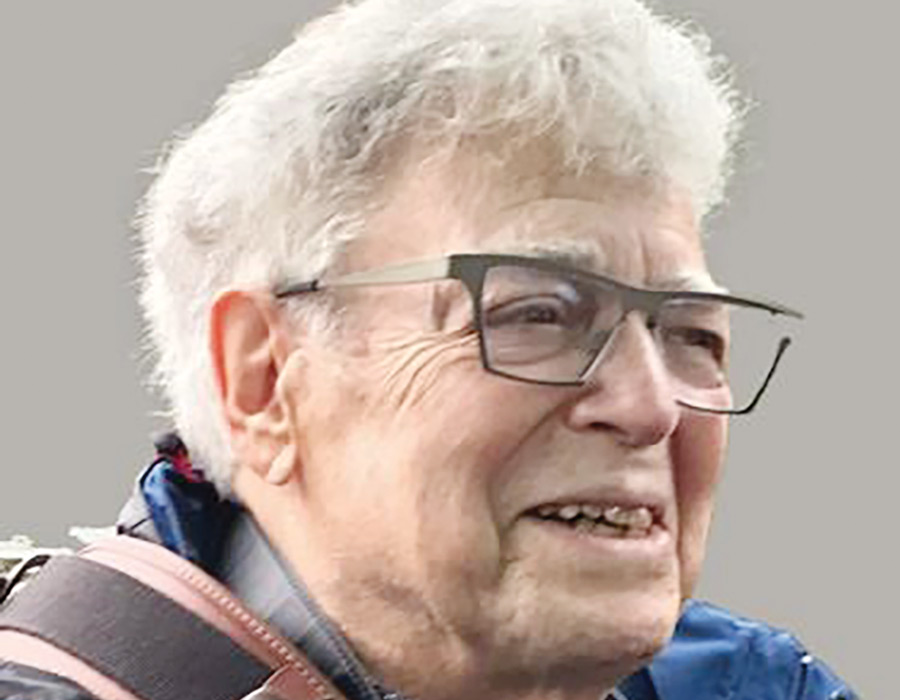
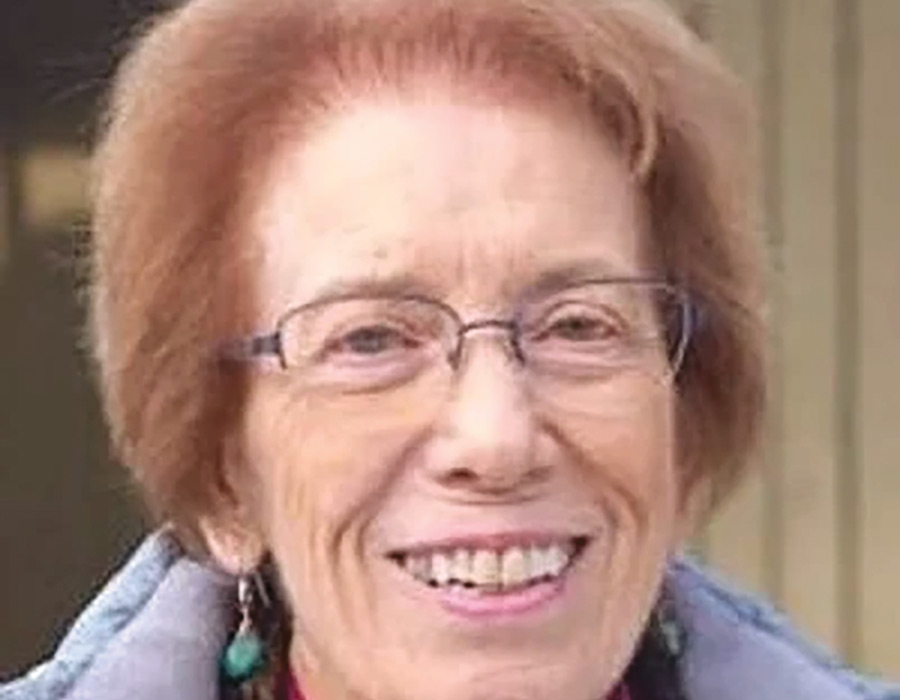
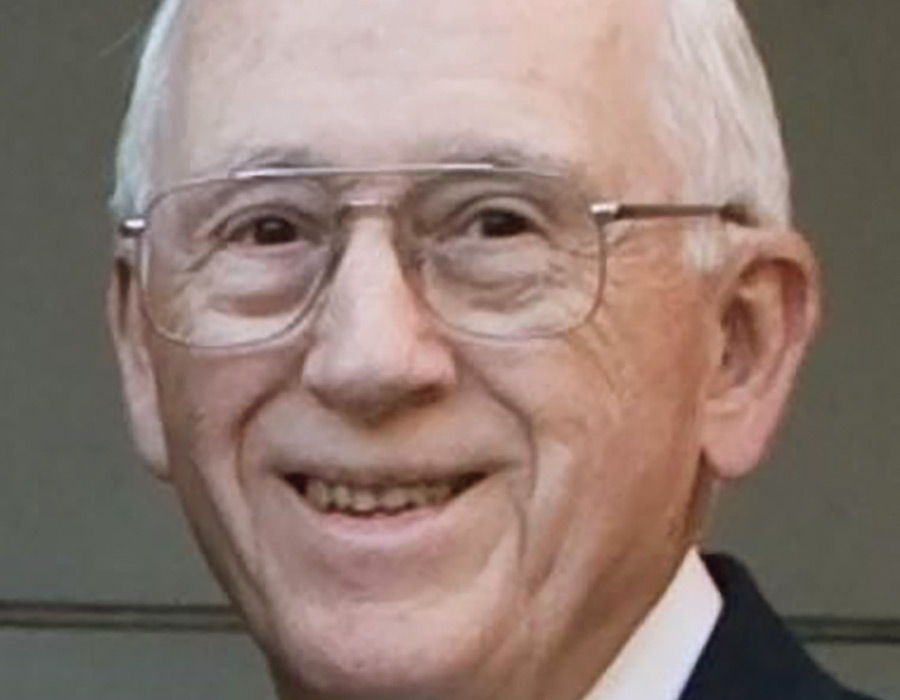
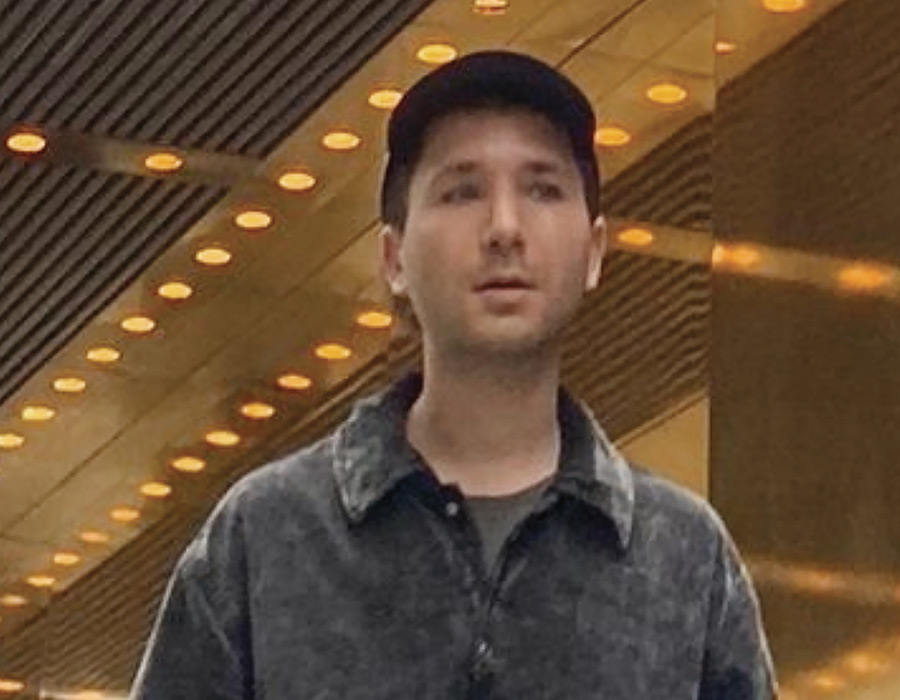
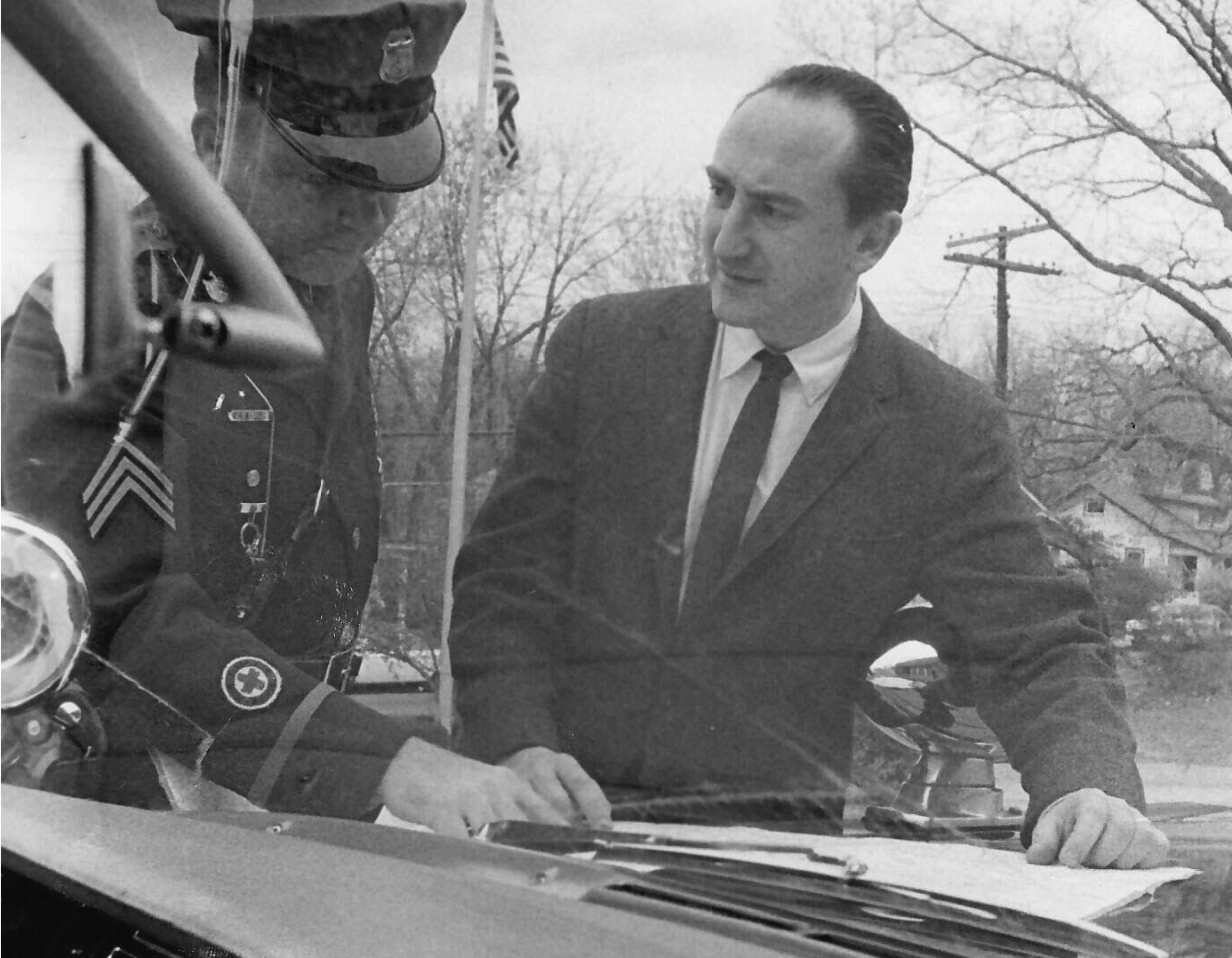
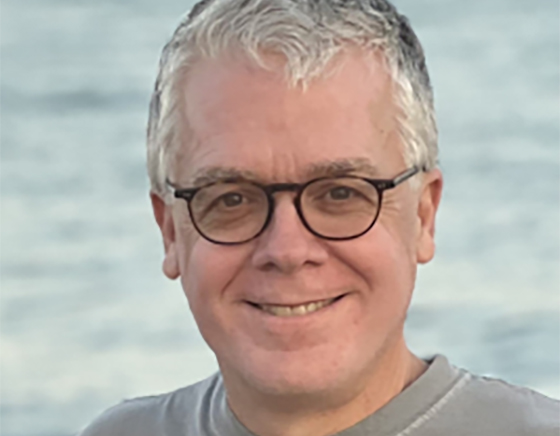
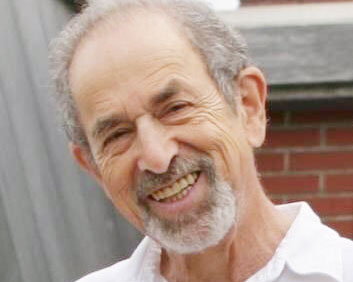

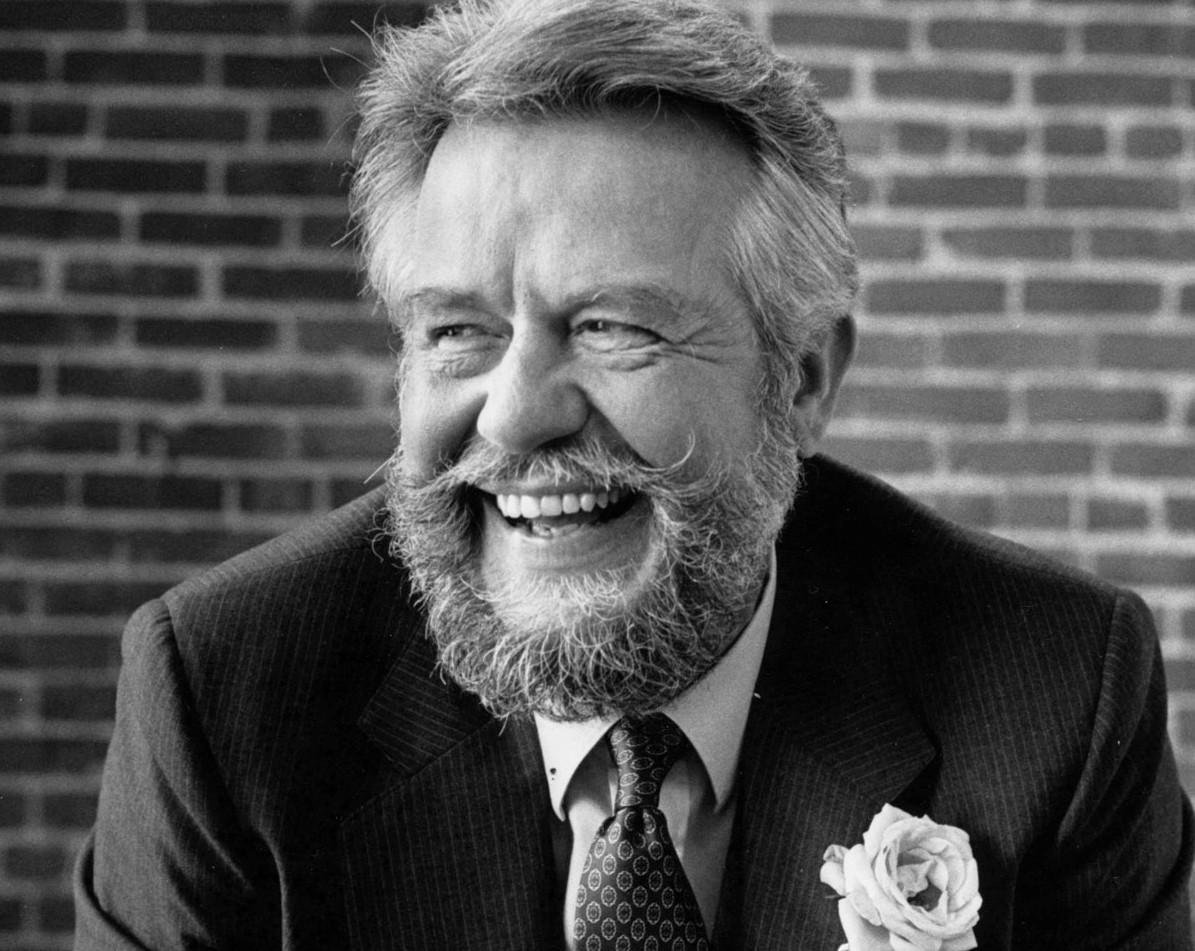
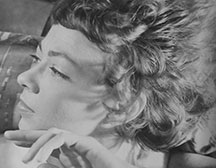
![Photo of Prof. Marvin Levich [philosophy 1953–94]](https://www.reed.edu/reed-magazine/in-memoriam/assets/images/2022/LTL-levich1.jpg)
![Photo of President Paul E. Bragdon [1971–88]](https://www.reed.edu/reed-magazine/in-memoriam/assets/images/2020/Bragdon.jpg)
![Photo of Prof. Edward Barton Segel [history 1973–2011]](https://www.reed.edu/reed-magazine/in-memoriam/assets/images/2020/Segel.jpg)
